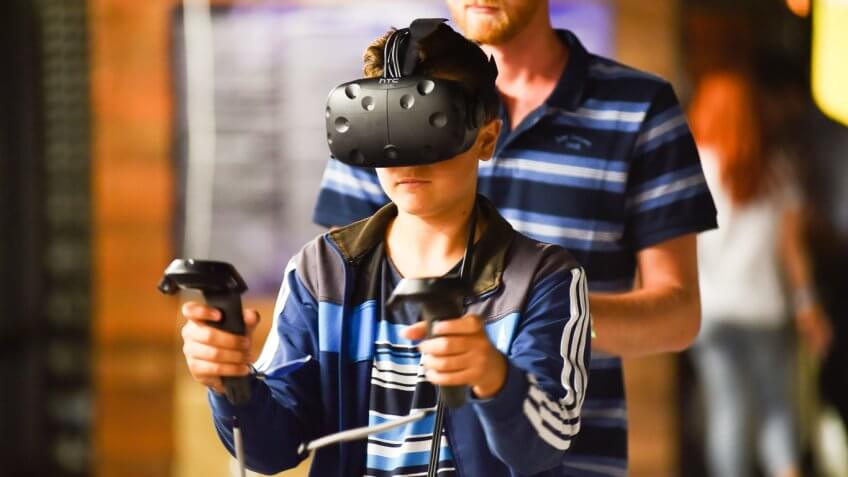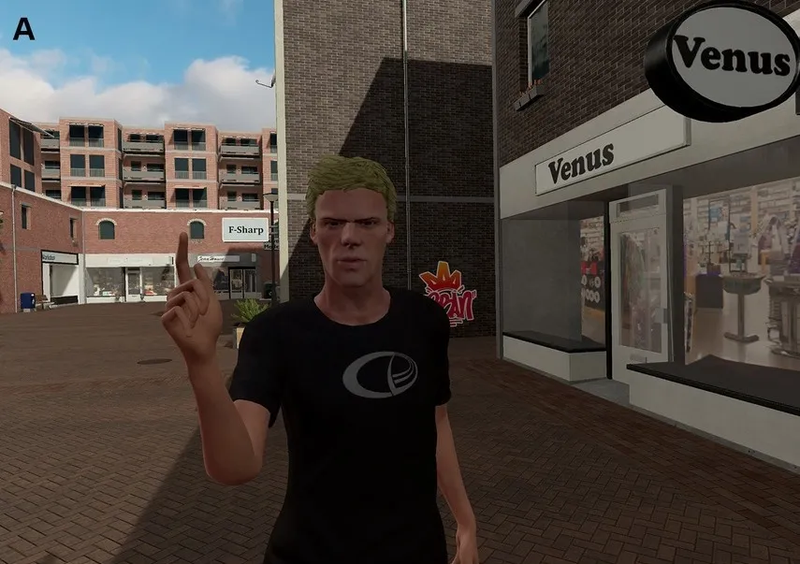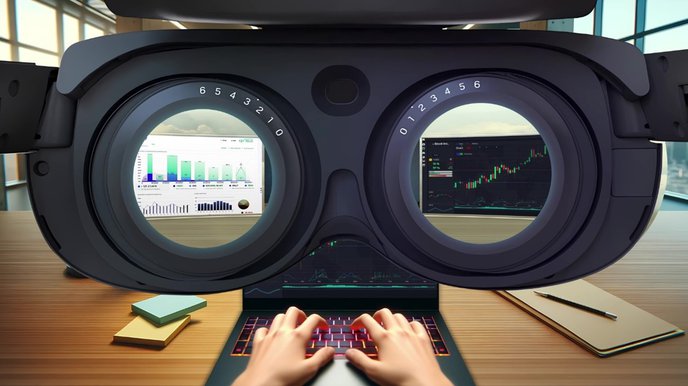UvA Tackles Youth Violence with VR Therapy

Extended Reality
3-minute read
In 2023, a tragic school murder in New Taipei City highlighted the pressing issues of juvenile delinquency and the urgent need for effective violence prevention. Statistics from the Ministry of Education revealed that incidents of school violence and deviant behavior surged to over 20,000 cases in 2023, up from just over 10,000 the previous year. This dramatic increase has sparked significant concern among parents and prompted a societal debate on the necessity of stricter legal penalties for young offenders.
While experts and scholars have proposed explanations and solutions for the rise in youth violence, with some scrutinizing the data from various analytical perspectives, the issue has also stirred curiosity about scientifically grounded and technology-based solutions.
Reducing Aggression in Patients through Cognitive Behavioral Therapy
Some Western nations have adopted Responsive Aggression Regulation Therapy (Re-Art), a cognitive behavioral approach specifically designed to address aggressive behavior in adolescents. This method blends cognitive behavioral therapy with role-playing and experiential exercises.
Due to their capacity for situational simulation, health professionals have called virtual reality (VR) headsets "empathy machines" and have used them effectively in therapy sessions. This inspired a team at the University of Amsterdam, researching "Forensic Child and Youth Care," to explore whether VR could achieve comparable or superior results to traditional cognitive behavioral therapy.
The components of Re-ART include:
- Establish treatment goals: Assess the patient's aggressive behavior, cognitive biases, and impulsivity.
- Cognitive restructuring: Address the patient's misinterpretations of others' behavior and improve anger management.
- Role-playing exercises: Simulate real-life scenarios in a controlled environment to practice managing aggressive impulses.
- Experiential exercises: Enhance emotional awareness and self-control.
- Problem-solving skills training: Teach patients constructive ways to deal with setbacks and provocations.
- Homework: Encourage patients to apply learned skills in daily life.
- Ongoing follow-up and adjustment of the treatment plan.
Therapists can create conflict scenarios or act as provocateurs, enabling patients to practice appropriate responses in these situations, rather than reacting violently to a dirty look on the street or to a car horn and red light while driving.
VR Realism Allows Patients to Safely 'Make Mistakes
However, role-playing exercises require direct therapist involvement, which poses some risk and demands patient cooperation. If the patient is unwilling to participate, the therapy's effectiveness may be compromised. The University of Amsterdam team believes VR offers several advantages over traditional therapy:
- Realism: Simulates scenarios that commonly trigger aggressive behavior, such as traffic congestion, family disputes, or workplace conflicts.
- Pause capability: Enables therapists to 'pause' therapy at any time, providing immediate feedback and adjusting the plan to better suit the patient's needs while ensuring safety.
- Permission to make mistakes: Offers a risk-free practice environment where patients can 'make mistakes' without real-world consequences, reducing anxiety and stress during the learning process.
Compared to conventional role-playing, the VR experience might feel more like playing "The Sims" in first-person perspective—you're on a bus and encounter someone with a menacing look; what do you do? If you make a mistake, you simply try again.
The research team believes these exercises can improve the durability and applicability of learning, allowing patients to seamlessly apply learned skills in the real world. The ongoing study randomly assigns patients to traditional or VR therapy for an experimental period of 3 to 6 months. Aggression assessments before and after treatment will gauge the effectiveness of VR therapy.
 The research team recreated scenes in VR, such as encountering a provocative passerby. (Source: frontiersin.org)
The research team recreated scenes in VR, such as encountering a provocative passerby. (Source: frontiersin.org)
 Or riding a bus with someone giving you a strange look. (Source: frontiersin.org)
Or riding a bus with someone giving you a strange look. (Source: frontiersin.org)
While we await the results, given VR's proven track record in various cognitive behavioral therapies, its potential to reduce aggressive behavior remains promising. In addition to expecting more positive changes from technology, we need greater public discourse on juvenile crime, with continued focus on legislative reforms and existing rehabilitation programs to find long-term, truly effective violence prevention solutions.


